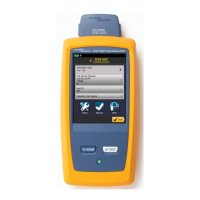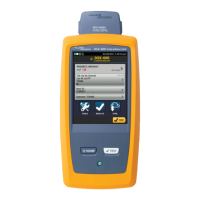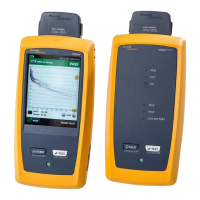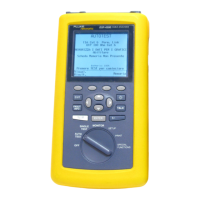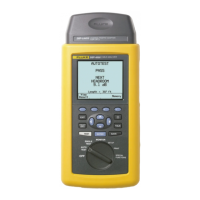DSX-600 CableAnalyzer
Technical Reference Handbook
86
ACR-F (Attenuation to Crosstalk Ratio, Far End)
While NEXT is measured at the same end as the signal source,
FEXT (far-end crosstalk) is measured at the far end. Because all
far-end crosstalk signals travel the same distance, they experience
the same amount of attenuation, as shown in Figure 41. This
means that all crosstalk signals contribute equally to noise at the
far end. This is different from near-end crosstalk. At the near end,
crosstalk occurring closer to the source contributes more to noise
than crosstalk occurring farther from the source.
GPU66.EPS
Figure 41. Far-End Crosstalk (FEXT)
Because of attenuation, FEXT on longer cables is less than FEXT
on shorter cables of the same type. Subtracting the effects of
attenuation normalizes the results for length and produces ACR-F
(attenuation to crosstalk ratio, far end) values. Because ACR-F
does not depend on length, it is used instead of FEXT to evaluate
cable performance.
Because all far-end crosstalk signals travel the same distance, they
tend to add up in phase. Therefore, high ACR-F is critical when
two or more wire-pairs carry signals in the same direction.
1000BASE-T carries bi-directional signals on all four wire pairs, so
ACR-F is a critical parameter for 1000BASE-T certification.
Signal
source
Crosstalk
near the
input
Crosstalk farther
from the input
Far-end
crosstalk
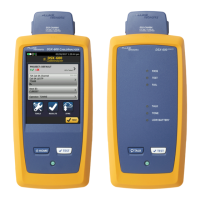
